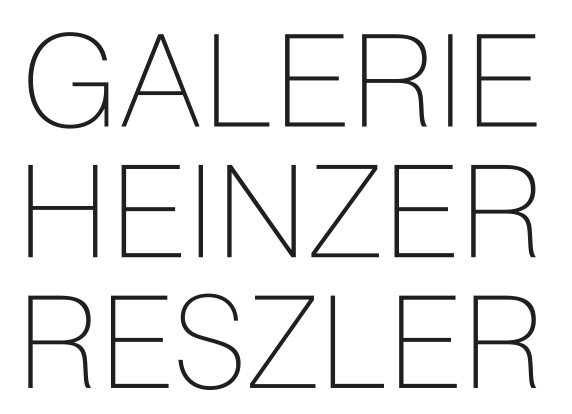Mengzhi Zheng
Mengzhi Zheng
On n’y rentre pas mais on en sort
September 10 - October 24 9, 2020
Within reach
The different bodies of works by Mengzhi Zheng exhibited in Lausanne reflect the samecontradictory and random principle from which the artist constructed his artistic dialogueat the very beginning of his trajectory. Evolving in a “no man's land” at the limits of an architectural reality disconnected from all pragmatic function or usage, and in a sculptural universe invested with functional potential—in the most hypothetical and latent sense of the word—Zheng’s work is representative of an approach that blurs the lines between what architecture is supposed to embody, essentially “constrained,” and a more plastic proposal that comes from a certain “freedom.” Escaping from taxonomic reflexes, his works correspond above all to a processual perspective, and to an immediacy of execution that leads the artist to produce his objects, composed of emptiness and/or fullness, in sessions that are frequently condensed into a few hours, rarely exceeding a single working day. He uses fragile found materials—tracing paper, salvaged wooden sticks, bits of cardboard, depending on his surroundings—gluedtogether, as in his series of Maquettes abandonnées. For these, Zheng imagined, among other things, cardboard boxes of indeterminate, if not ambiguous, status that can be seen at once as receptacles, membranes or extensions of the sculptural gesture pseudo-packages that also evoke the boxes, in the shape of an alter ego, which the conceptual artist On Kawara created to receive his Date Paintings. In other situations, such as in his Contextures and Petites chutes, the artist calls upon more solid, yet again salvaged materials, which he assembles with the same sense of urgency and are also determined by the tools at his disposal. Subjected to a dialectical game, these sculptures involve on the one hand, a small, intimate scale—you can manipulate them turn them over onto themselves in order to discover and explore their parallactic variations—while sketching out the scenario of a “monumental” architectural concretization that might emerge.
The sculpture Milieu hints at this utopia, of what Zheng describes as “almost habitable, the word “almost” summarizing the tensions at play in his approach. The moving, fluctuating and nomadic character unique to his objects. Conceived—as with the series Pli-Dépli—from preparatory work made with digital technology, this work answers to other constraints and protocols but refers in fine to the same state of mind that animates his works, “within reach.”
Erik Verhagen
Installation Views
Milieu, 2020, tilleul, 177 x 143 x 130 cm
Esquisse aux vents, 2020, fil de rotin, baguette de bois, carton plume, papier, attache colson
Vue d'exposition
Contexture, 2020, assemblage divers bois, dimensions variables
Pli-Dépli, 2020, bois, 39 x 39 x 37 cm
Vue d'exposition
Petites chutes, 2020, assemblage divers bois, dimensions variables
Vue d'exposition
Maquette abandonnée, 2020, bois, carton, papier, papier de soie, mousse polyuréthan, 32 x 40 x 40 cm
Maquette abandonnée, 2020, bois, carton, papier, papier de soie, mousse polyuréthane, 32 x 40 x 40 cm
Maquette abandonnée, 2020, bois, carton, papier, papier de soie, mousse polyuréthane, 32 x 40 x 40 cm
Petites chutes, 2020, assemblage divers bois, dimensions variables
Vue d'exposition
Plissements, 2018, couleur sur papier, 24 x 32 cm
Vue d'exposition
















